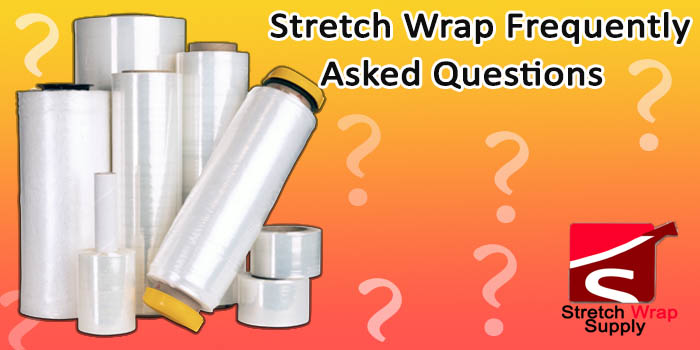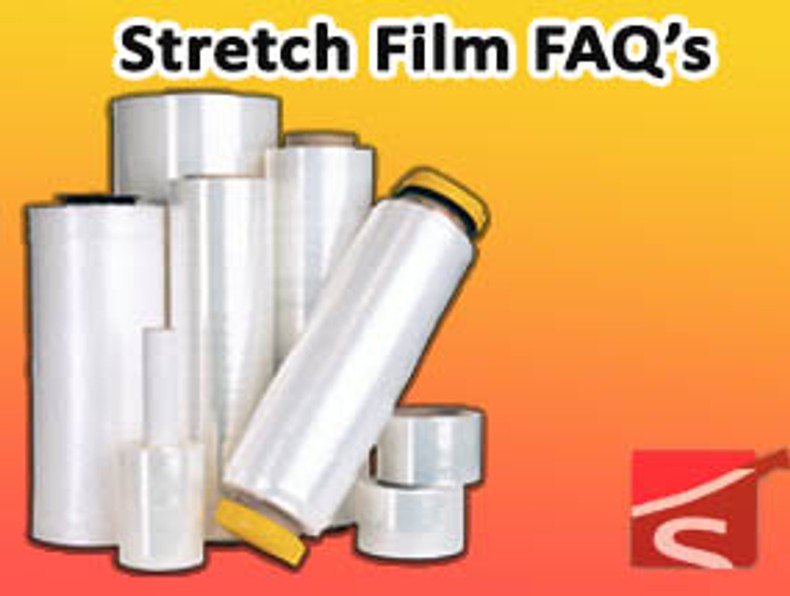
What materials are used to produce stretch wrap film?
Stretch wrap is primarily composed of linear low-density polyethylene (LLDPE).
What is the difference between cast and blown stretch wrap?
Cast stretch wrap: Offers superior clarity, puncture resistance, and load stability. It's ideal for heavy or sharp-edged loads. Blown stretch wrap : Generally, less expensive, provides good cling and is suitable for lighter loads.
Is stretch wrap eligible for recycling?
Indeed, stretch wrap is generally recyclable. However, it is advisable to consult local recycling regulations, as acceptance may vary by recycling facility.
How can I reduce stretch wrap waste?
Use stretch wrap dispensers for efficient application. Choose a thinner gauge stretch wrap to reduce the amount needed. Recycle stretch wrap whenever possible. Consider stretch wrap alternatives for certain applications, such as reusable banding or cardboard corner protectors.
Is stretch wrap suitable for moving purposes?
Absolutely, stretch wrap is highly effective for securing items during relocation. It can be utilized to wrap and safeguard furniture, bundle boxes, and secure loose items with bundling stretch wrap or extended core stretch film
What distinguishes stretch wrap from shrink wrap?
Stretch wrap is designed to be stretched around items for securement, while shrink wrap is loosely applied and subsequently heated to conform tightly to the object.
Is it safe to use stretch wrap for food items?
Food-grade stretch wraps are available that are safe for direct food contact. It is essential to verify the labeling to ensure it meets food-grade standards if intended for such use.
What is the proper method for applying stretch wrap?
Stretch wrap can be applied manually by encircling the item and unrolling the wrap around it, or it can be applied mechanically using a stretch wrap machine or a stretch wrap dispenser
What varieties of stretch wrap exist?
There are multiple types, including hand stretch wrap, machine stretch wrap, colored stretch wrap, and vented pallet wrap, each designed for specific applications and requirements.
Does stretch wrap offer waterproof properties?
Yes, stretch wrap is water-resistant due to its plastic composition, providing protection against moisture and contaminants.
What is the proper way to dispose of stretch wrap?
Check local recycling guidelines. Some recycling centers accept stretch wrap, while others may have specific requirements. If recycling isn't an option, consider partnering with a waste management company that specializes in plastic recycling.
Can stretch wrap shield items from UV radiation?
Standard stretch wrap does not provide UV protection; however, specialized versions with UV inhibitors are available.
What thickness of stretch wrap is appropriate for my needs?
The required thickness is contingent upon the load and intended use, ranging from 60 to 150 gauge, with a higher gauge indicating a thicker material.
Is stretch wrap effective for protecting items during storage?
Yes, stretch wrap is an excellent choice for safeguarding items from dust, dirt, and potential damage while in storage.
Is it possible to purchase colored stretch wrap?
Yes, stretch wrap is offered in a variety of colors.
What is the best way to remove stretch wrap?
For manual removal, gently pull at the edge of the wrap to create a starting point. For larger items, consider using a utility knife to carefully cut the wrap. To avoid damage, avoid pulling the wrap too forcefully.

